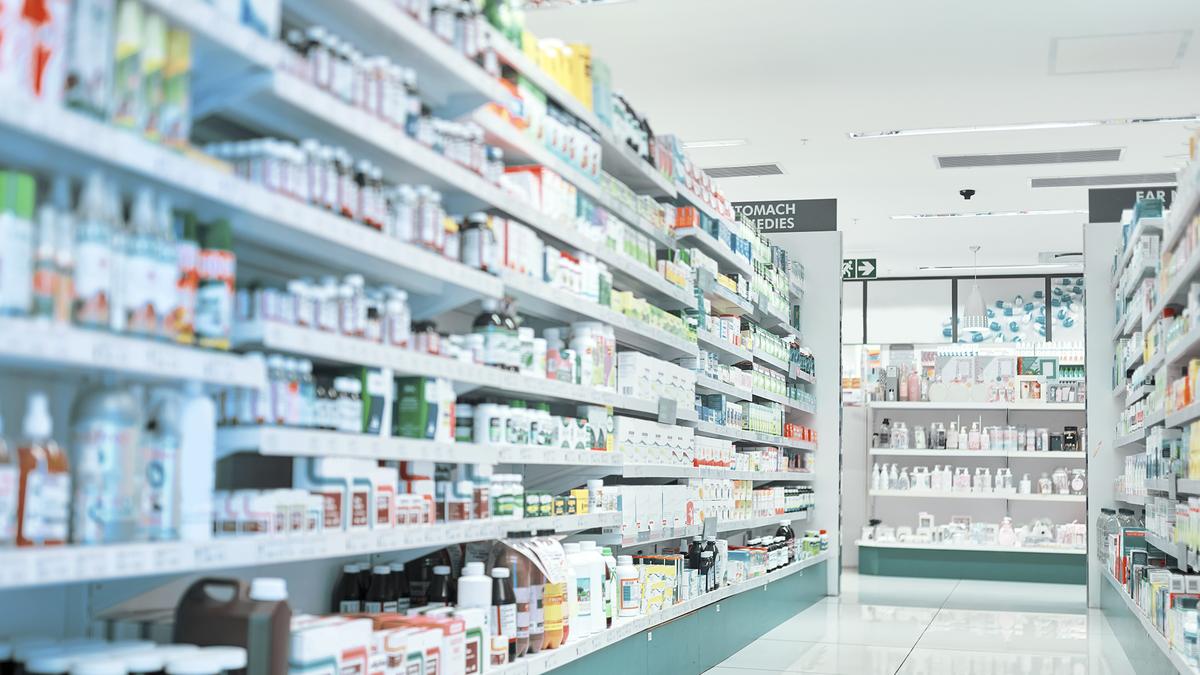India makes one in five generic drugs worldwide. Walk into any pharmacy from New York to Lagos, and chances are, you will find medicines manufactured in facilities across Gujarat, Maharashtra, or Telangana. It is a point of national pride.
But, there is a problem. A study by the Max Institute of Healthcare Management at the Indian School of Business suggests this success story has some serious cracks, as the Indian policy framework has two major shortcomings.
Firstly, drug quality regulation is still catching up. Key safeguards such as good manufacturing practices and post-marketing surveillance were only introduced in the past two decades. Secondly, policy changes have been piecemeal, often pushed through as gazette notifications rather than through proper legislative debate. This has left the system fragmented and outdated, contributing to weak oversight, the dominance of branded generics, and ongoing challenges in enforcing drug quality.
The important statistic to note is that one in 10 drugs in developing countries is either fake or substandard, according to the World Health Organization. While India is not the only culprit, frequent reports of quality failures are impacting India’s reputation as a reliable supplier.
Playing catch-up
Many of the basic drug safety rules are actually quite recent. Good manufacturing practices were introduced in 2005. Rules for tracking side effects and conducting annual inspections only came in 2015.
“It means India was without critical regulatory oversight in certain aspects of drug production and distribution for a long period,” the study notes. India has been scrambling to plug regulatory holes as they become apparent, rather than building a comprehensive system from the ground up.

Generic drug mess
Generics are supposed to be cheaper alternatives to branded medicines. The government has been pushing them for years through Jan Aushadhi stores, which sell ‘fairly priced’ generics. But here is the twist: 87% of India’s drug market is not actually generic or branded drugs. It is something called ‘branded generics’. These medicines have brand names but are not protected by patents. Think of it as the worst of both worlds: higher prices than true generics, but without the exclusivity that usually justifies premium pricing.
The government tried to fix this in 2016 by telling doctors to prescribe generic names instead of brand names. However, all this did was shift the power from doctors to pharmacists. Now, the person behind the counter in the pharmacy decides which drug the consumer gets, and they are still motivated to sell whatever makes them the most money.
Missing action
India’s drug regulation system looks good on paper, but it is short-staffed. However, the real challenge is not just the number of inspectors available, but how inspections are designed and deployed. Smarter enforcement is essential to uncovering and addressing the origins of substandard drugs.
This is not just an Indian problem. The United States Food and Drug Administration (FDA), which approves more Indian pharmaceutical plants than any other country, cannot inspect every shipment that comes in. Between 2013 and 2015, when the FDA started doing surprise inspections instead of giving advance notice, they found widespread fraud.
“The outcome is that except for a period of two years between 2013–2015, FDA inspections have been pre-announced, giving time to manufacturers to get ready,” the study notes.
While there is a shortage of inspectors, the solution may not lie in simply increasing their number. An operations management lens suggests that the focus should be on improving how inspections are conducted, the real question is whether inspections can be designed and deployed more strategically to better detect and disrupt the presence and origins of substandard drugs in the market.

Trust issues
Perhaps most damaging aspect in all of this is the trust deficit it has created. Indians consistently choose branded generics over cheaper true generics, despite no quality differences. The Competition Commission of India admits this is partly because pharmaceutical companies have spent decades marketing branded drugs as superior.
There is no systematic government campaign to educate people about drug safety or help them spot fake medicines. Citizens are left to navigate a complex system without the tools to protect themselves.

The stakes
India’s pharmaceutical industry is worth $50 billion today and could hit $130 billion by 2030. The country supplies 40% of America’s generic drugs and half the world’s vaccines. But this success depends on maintaining global trust.
The quality failures have already raised red flags. Each incident chips away at India’s reputation as a reliable pharmaceutical supplier.
This study has identified several critical gaps that need immediate attention. Online pharmacies operate with minimal oversight – a 2014 study in Jaipur found that two out of eight e-pharmacies delivered prescription medicines without requiring prescriptions. Meanwhile, retail pharmacy chains showed promise, with one Hyderabad study finding a 5% improvement in drug quality and 2% decrease in prices.

But the system’s complexity creates problems. India’s Central Drugs Standard Control Organisation (CDSCO) is not even independent; it reports to the Directorate General of Health Services, which reports to the Health Ministry. State authorities also have licensing powers, creating overlapping jurisdictions seemingly creating issues for coordination.
“Existing policies and regulations governing India’s pharmaceutical industry can prove to be effective in improving the quality of drugs,” the study concludes. “However, authorities remain focused largely on control of illicit and fake drugs while adequate attention is not paid to rules and regulations being ignored or bypassed.”
This analysis is based on a study conducted by the Indian School of Business examining India’s pharmaceutical regulatory framework from 2005-2022.
(Parshuram Hotkar is an Assistant Professor of Operations Management at the Indian School of Business. [email protected]; Amanjeet Singh is senior manager at ISB’s Max Institute of Healthcare Management. [email protected])
Published – August 26, 2025 01:05 pm IST
